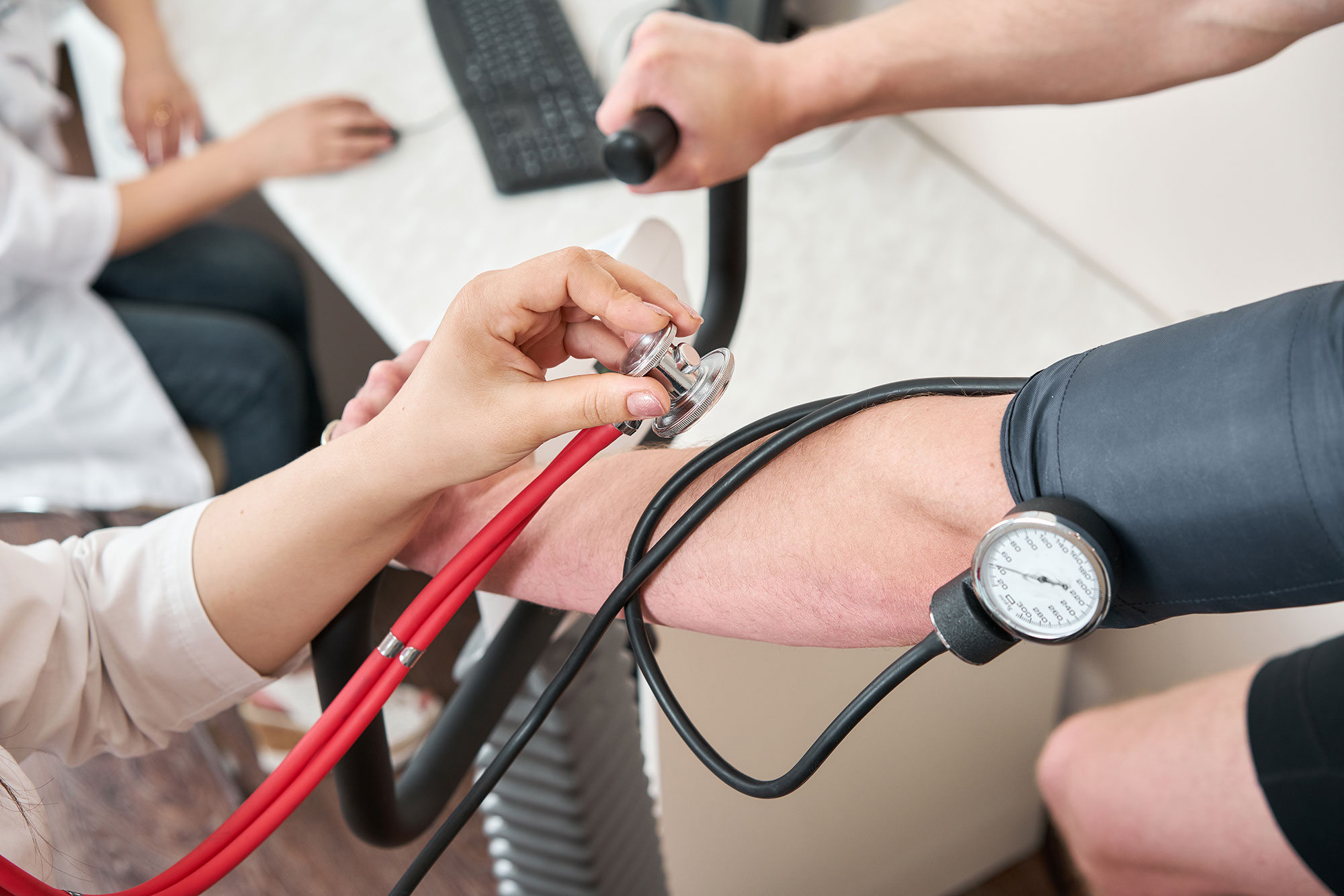Nuclear Stress Test
Amelia Heart & Vascular Center is a respected leader in vascular medicine serving the Northern Virginia area.

What is a nuclear stress test?
A nuclear stress test utilizes a small amount of radioactive material in order to measure the blood flow (perfusion) to your heart. The test will measure the blood flow to your heart when you are at rest and when you are at stress. If there is no indication of blockage, the pictures of your heart will be bright in both instances, demonstrating that the heart is getting blood flow in all areas.
Why do I need a nuclear stress test?
A nuclear stress test allows physicians to determine whether you have blockages in your heart that may require further testing and treatment. The nuclear stress test indicates blockages by comparing blood flow to the heart at rest and stress; if your heart does not light up as bright at stress, then it could indicate a blockage in an artery of your heart. It is utilized to diagnose coronary artery disease (blockages). If coronary artery disease is left untreated, it can lead to heart attacks, strokes, or other complications. Nuclear stress tests are performed on patients who need cardiac clearance or have concerning cardiovascular symptoms.
What is the difference between a nuclear treadmill stress test and a pharmacological nuclear lexiscan?
A nuclear treadmill stress test involves a patient receiving images before and after walking on a treadmill. This test is aimed for patients who are capable of walking and running on a treadmill. Patients with knee problems, poor balance, certain irregular heart rhythms, or no experience with exercise cannot perform this test.
The nuclear lexiscan involves a patient’s heart rate being sped up by a medicine as opposed to exercising on a treadmill. This test is for elderly patients, patients with joint problems or arthritis, patients with balance issues, patients with disabilities that may exclude them from walking on a treadmill, patients with certain heart conditions, and patients who are not familiar with using a treadmill. Instead of speeding up the heart rate through walking or running, patients are given an IV medication to mimic exercise.
Top Doctors Awards





